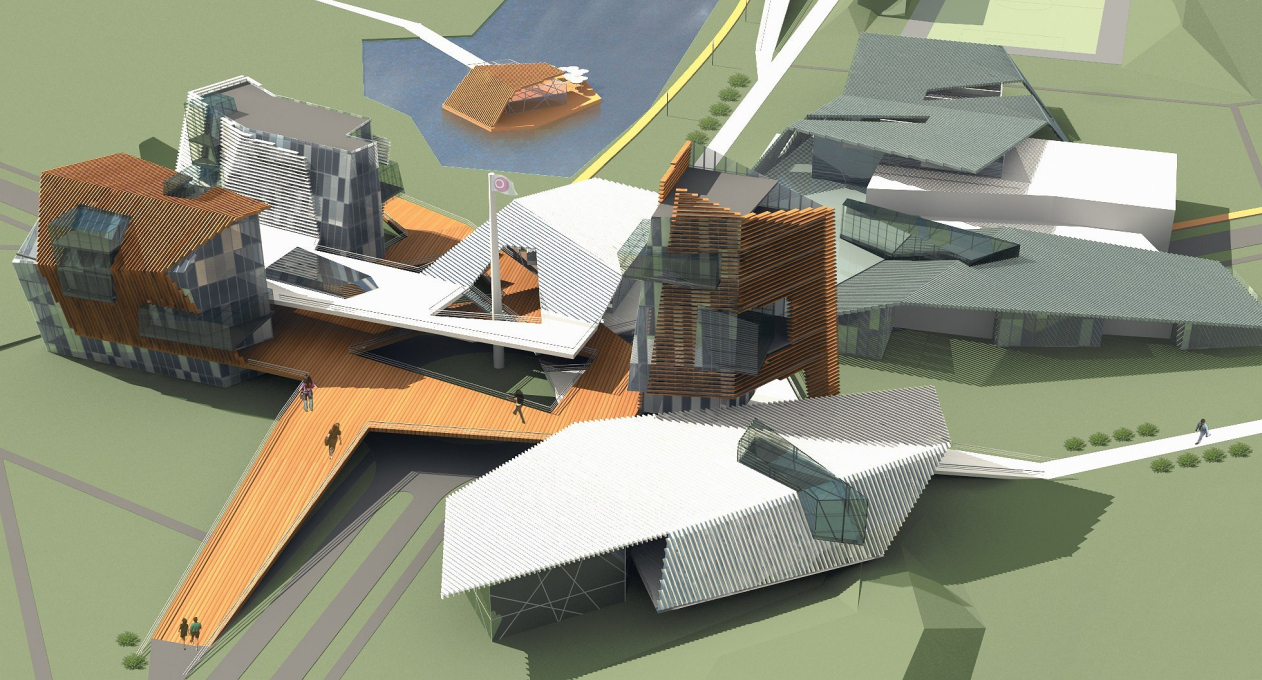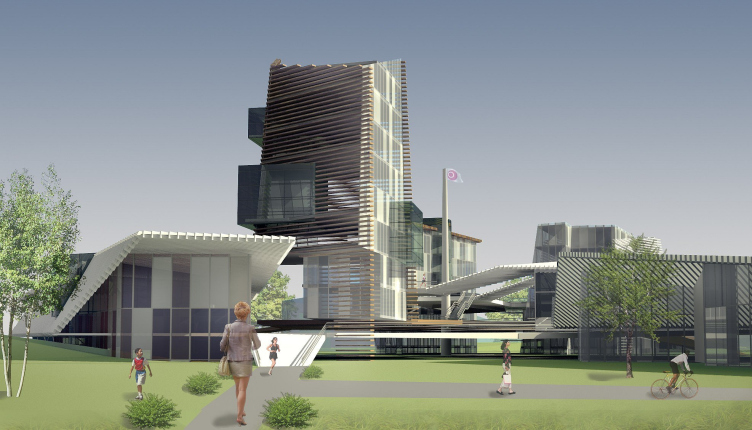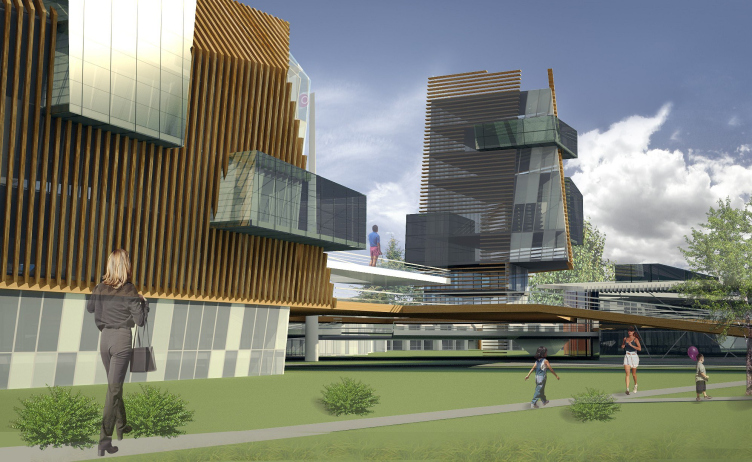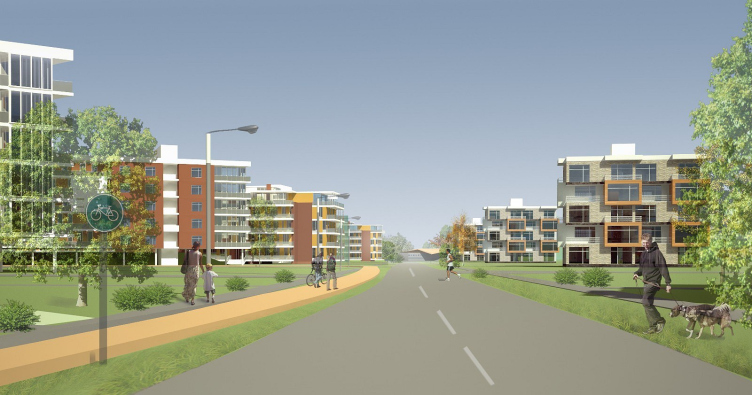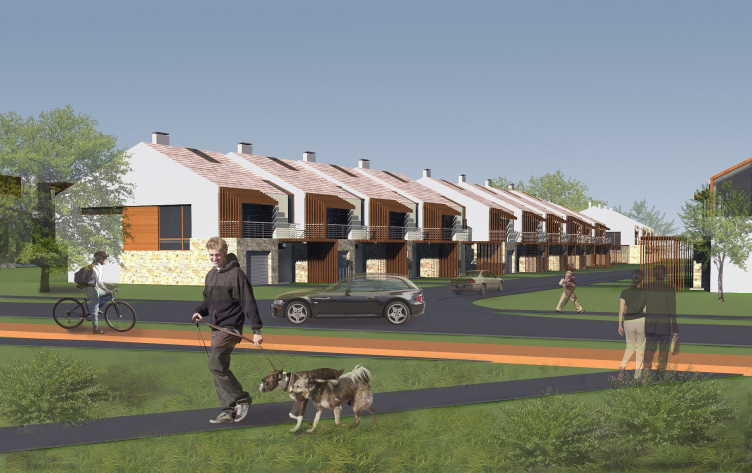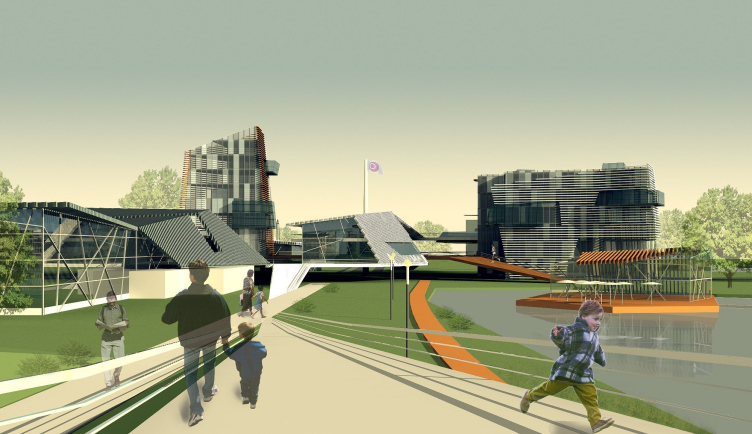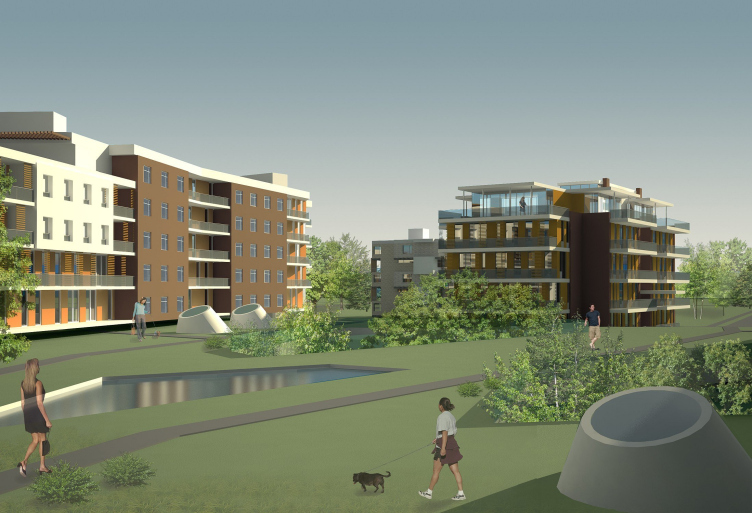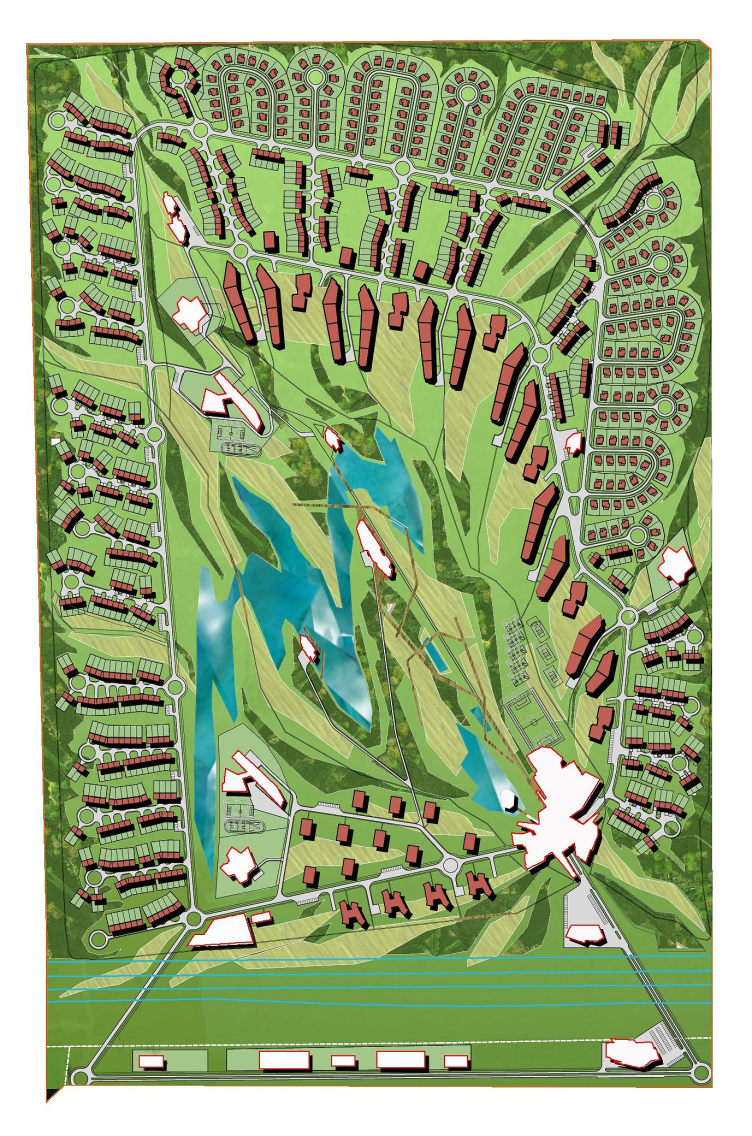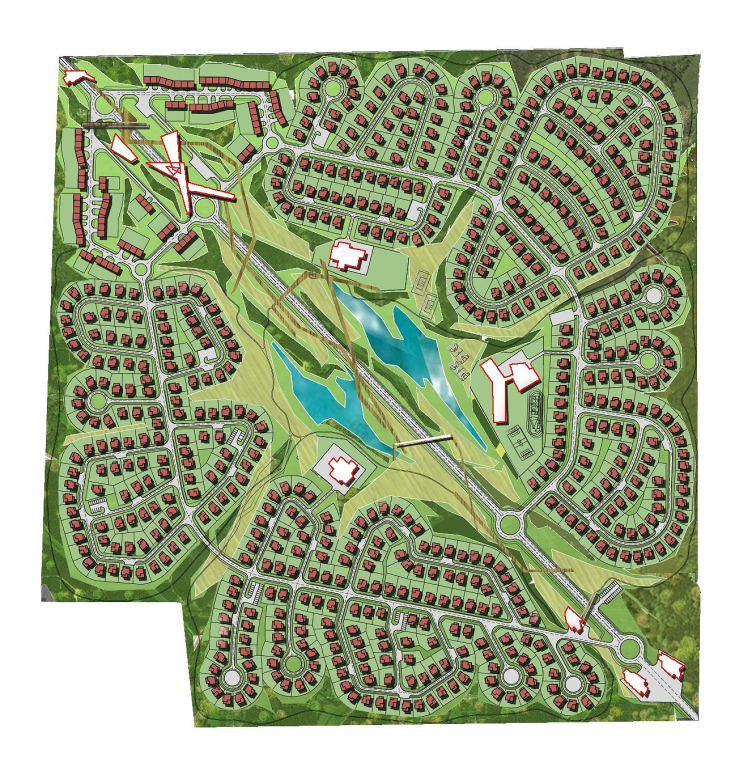Here will grow a garden-city
"Olympiisky" residential area in the suburbs of Krasnodar city is the first project of a complex housing development in the portfolio of "Atrium", the architectural studio. Despite that Anton Nadtochy and Vera Butko had never designed for a 300 ha territory, they did their job brilliantly, they developed a truly "green" village with high-level infrastructure.
